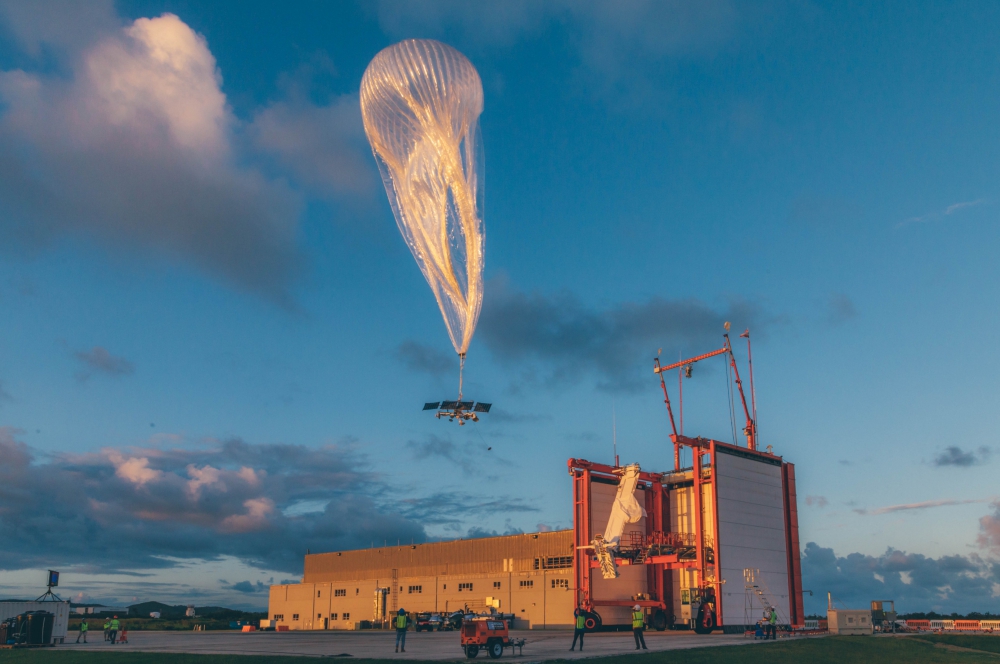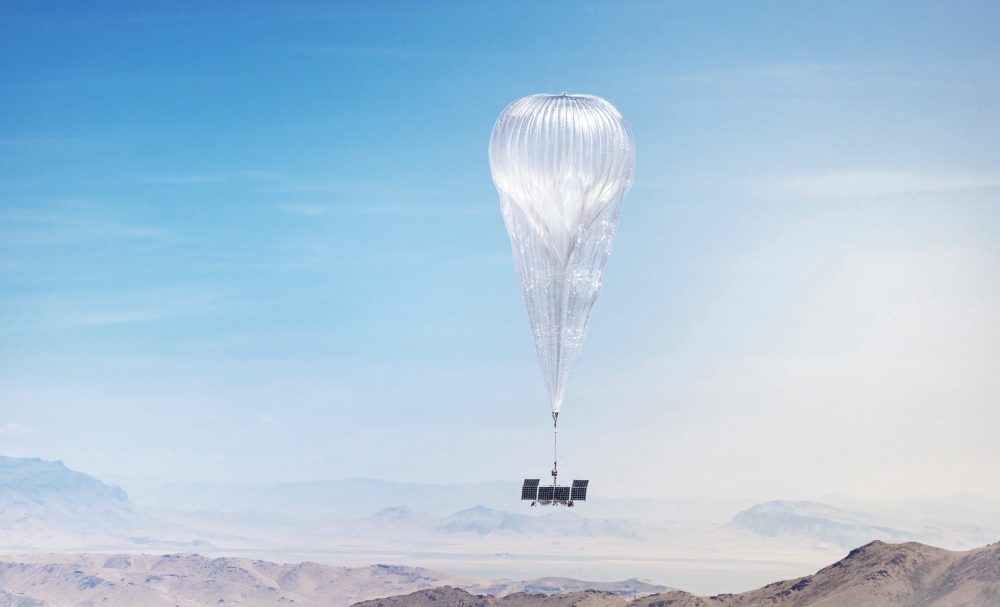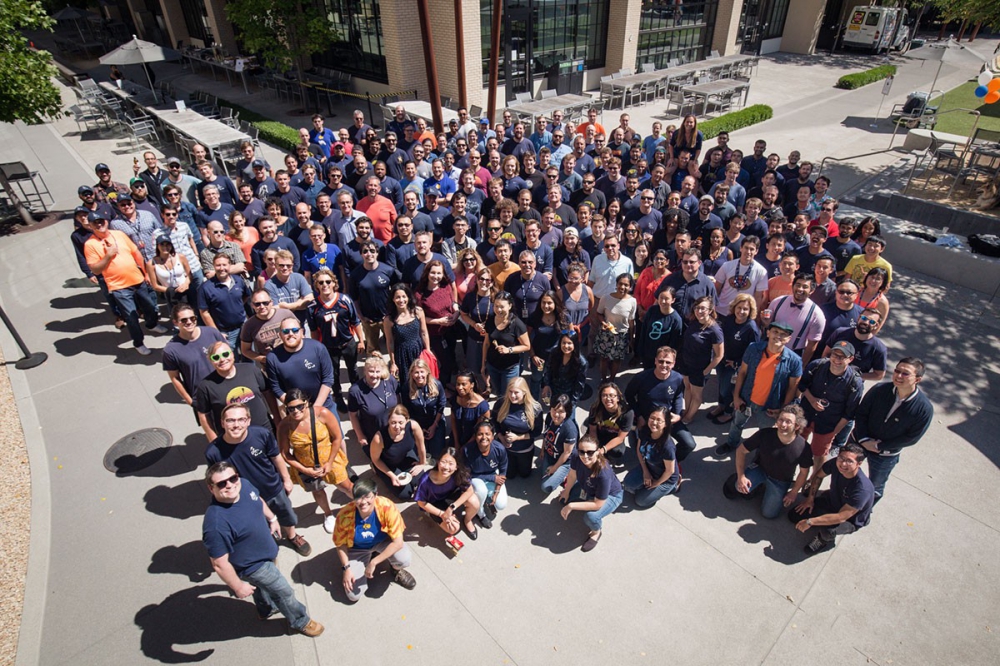After four years of setbacks and crashes, in 2017 Alphabet closed down its project flying solar-powered fixed-wing drones in the upper atmosphere to beam the internet to those cut-off. Now, Google parent company Alphabet, has also dropped Loon, its upper-atmosphere balloon version.
CEO Alastair Westgarth wrote this farewell blog post:
Saying goodbye to Loon
I first discovered Loon through a photographer I follow who posted a snap of a balloon floating through the New Zealand skies. The image inspired a sense of wonder, awe — and possibility. I’d never seen anything like that in my 30+ years working in the telecom industry. The more I learned, the more I wanted to be part of the mission. This sense of excitement and possibility has stayed with me over the last four years as I had the privilege to lead Loon in our mission to expand connectivity around the world.
We talk a lot about connecting the next billion users, but the reality is Loon has been chasing the hardest problem of all in connectivity — the last billion users: The communities in areas too difficult or remote to reach, or the areas where delivering service with existing technologies is just too expensive for everyday people. While we’ve found a number of willing partners along the way, we haven’t found a way to get the costs low enough to build a long-term, sustainable business. Developing radical new technology is inherently risky, but that doesn’t make breaking this news any easier. Today, I’m sad to share that Loon will be winding down.
Loon’s legacy
I couldn’t be prouder of the Loon team and their achievements. Loon’s journey has been a series of “firsts” as we’ve tackled and solved a multitude of problems we couldn’t have even imagined we’d face when Loon started. Working side-by-side with governments and global aviation and communications regulators to showcase and enable these new technologies, we found ways to safely fly a lighter-than-air vehicle for hundreds of days in the stratosphere to anywhere in the world. We built a system for quickly and reliably launching a vehicle size of a tennis court, and we built a global supply chain for an entirely new technology and business. We also scaled up our communications equipment from technology that could have been made in a college dorm room (literally: WiFi routers inside styrofoam beer coolers), to a communications system capable of delivering mobile internet coverage over an 11,000 square kilometer area — 200x that of an average cell tower.
The Loon team is proud to have catalyzed an ecosystem of organizations working on providing connectivity from the stratosphere. The world needs a layered approach to connectivity — terrestrial, stratospheric, and space-based — because each layer is suited to different parts of the problem. In this area, Loon has made a number of important technical contributions. This includes creating communications payloads that can connect from the stratosphere to many types of devices on the ground — from mobile phones to sailing ships to smart sprinklers — possibly paving the way for more options in unlocking the full potential of the Internet of Things. Loon also pioneered software that manages constellations of connectivity vehicles, ensuring they can provide the right service to the right area at the right time.
Just as Loon’s technology is built on pioneering work done by others in fields from aviation to meteorology to artificial intelligence, we hope that some of Loon’s technology will live on to support the next generation of innovators. Loon’s recently-announced deep reinforcement learning navigation system has experts thinking about applications that include monitoring Earth’s vital signs and even exploration of other planets.
Source: Loon Blog



